There are a lot of factors to consider when purchasing a new pair of boots. Do you need waterproof or water-resistant boots? What’s the difference? And how do you know which type is best for you? In this article, we will answer all of your questions and give you some useful tips on how to choose the perfect pair of boots for your needs.
Waterproof Boots
Some waterproof boots have a Gore-Tex lining, which is an additional layer of protection against water. Gore-Tex is a breathable material, so it helps to keep your feet dry and comfortable even when you’re sweating.
Waterproof boots usually cost more than w/resistant boots because they have more features and provide better protection against the elements. However, they’re not always the best choice for every situation. For example, if you’re going to be spending a lot of time in the water, such as swimming or canoeing, waterproof boots can actually make your feet more uncomfortable because they don’t allow your feet to breathe.
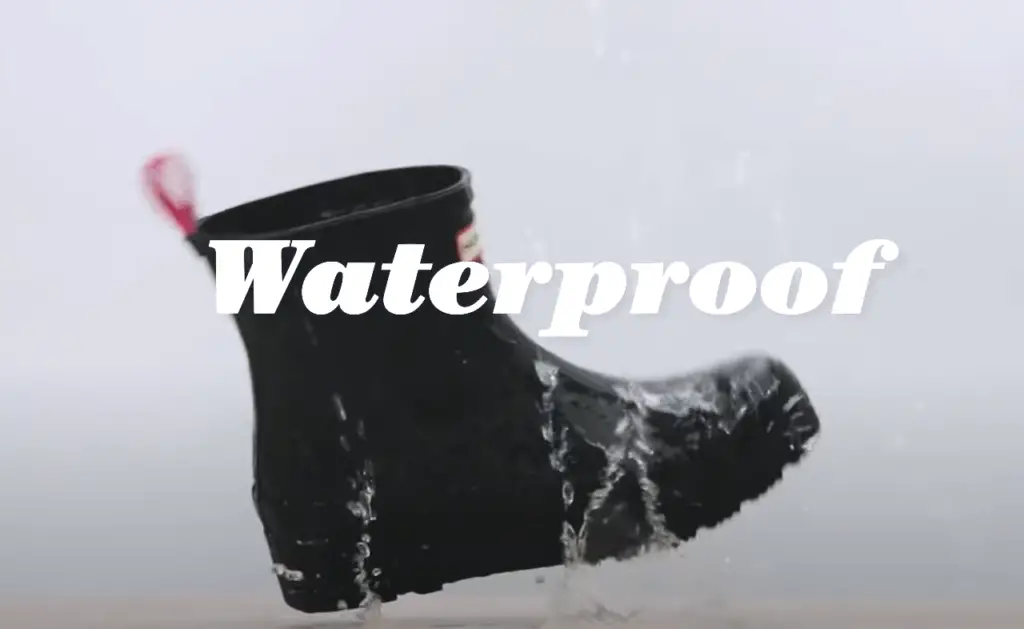
In general, waterproof boots are a good choice for wet or cold weather and for activities where you might get your feet wet. If you need a boot that can stand up to more extreme conditions, such as hiking in deep snow, you should look for a boot that’s specifically designed for those conditions.
Water-Resistant Boots
Why It’s Hard to Find Footwear That’s Actually Waterproof
The thing is, there’s no international standard for what qualifies as waterproof. In order for a product to be able to call itself “waterproof,” it only has to keep out water under certain conditions. The problem is that those conditions aren’t very realistic. Most “waterproof” products are only tested for their ability to keep water out under ideal circumstances, like when you’re standing in a pool of water that’s up to your ankles.
But in the real world, you’re not likely to encounter many situations where you’ll be standing still in ankle-deep water. You’re more likely to be walking through puddles, getting caught in the rain, or dealing with snow and ice. And when you’re moving, it’s a lot easier for water to get into your shoes, no matter how “waterproof” they are.
To make matters worse, most waterproof footwear is made with materials that are less breathable than their non-waterproof counterparts. That means your feet are more likely to get sweaty and uncomfortable in waterproof boots, even if they’re not getting wet from the outside.
So what’s the solution? Water-resistant footwear is a good middle ground between fully waterproof and non-waterproof options. W/resistant boots will keep your feet dry in light rain and snow, but they won’t hold up to being submerged in water or worn for extended periods of time in wet conditions.
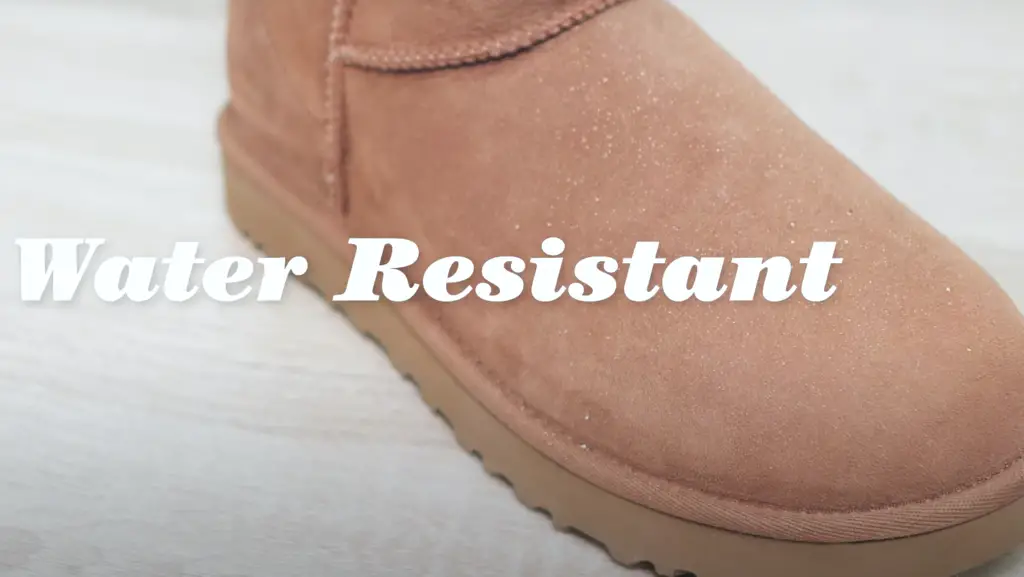
If you need footwear that’s fully waterproof, you’ll need to choose a product that’s specifically designed for that purpose. There are a few different options available, but they all have their trade-offs:
- One option is to buy boots with a waterproof membrane like Gore-Tex or eVent. These membranes are bonded to the inside of the boot and provide an impenetrable barrier against water. The downside is that they can make the boot less breathable, so your feet may get sweaty in them;
- Another option is to buy boots with a waterproof coating like silicone or polyurethane. These coatings will repel water, but they’re not as effective as membranes at keeping water out. They also tend to wear off over time, so they won’t provide long-term protection against wet conditions;
- Finally, you can buy boots that are made entirely of waterproof materials like rubber or neoprene. These boots will keep your feet dry in the heaviest of rainstorms, but they’re often less comfortable and more expensive than other options;
No matter which type of waterproof footwear you choose, it’s important to remember that no boot is completely impervious to water. If you’re going to be standing in ankle-deep water for a long period, your feet are going to get wet, no matter what. And if you’re planning on spending a lot of time in very wet conditions, it’s best to choose a boot that’s specifically designed for that purpose.
But for most people, a water-resistant boot is the best option. They’re also more affordable and typically more comfortable than fully waterproof options. [1]
So when you’re shopping for new boots, don’t just look for the “waterproof” label. Instead, focus on finding a boot that’s right for the conditions you’ll be wearing it in. And if you’re not sure what those conditions are, err on the side of choosing a water-resistant boot over a fully waterproof one.
How Are Waterproof Boots Tested?
Another common test is the spray-test method. In this test, a boot is placed on a foot form and sprayed with water from all angles for a certain period of time. The boot is then checked for any signs of water infiltration.
Lastly, there’s the immersion test, which is pretty self-explanatory: boots are submerged in water and checked for leaks afterward. [2]
Beware Of Stiffness In Waterproof Footwear
Waterproof materials are great at keeping water out, but they aren’t always the best at letting your feet breathe. This can lead to a build-up of sweat and eventually, uncomfortable blisters. If you’re going to be wearing the waterproof boots for a long period of time, ensure to break them in first and wear socks that will wick away moisture.
Another thing to keep in mind is that waterproof materials can often make footwear feel stiffer than usual. This is because the materials used to make them waterproof are often less pliable. So if you’re looking for a pair of boots that are both comfortable and waterproof, you may want to consider opting for a water-resistant pair instead.
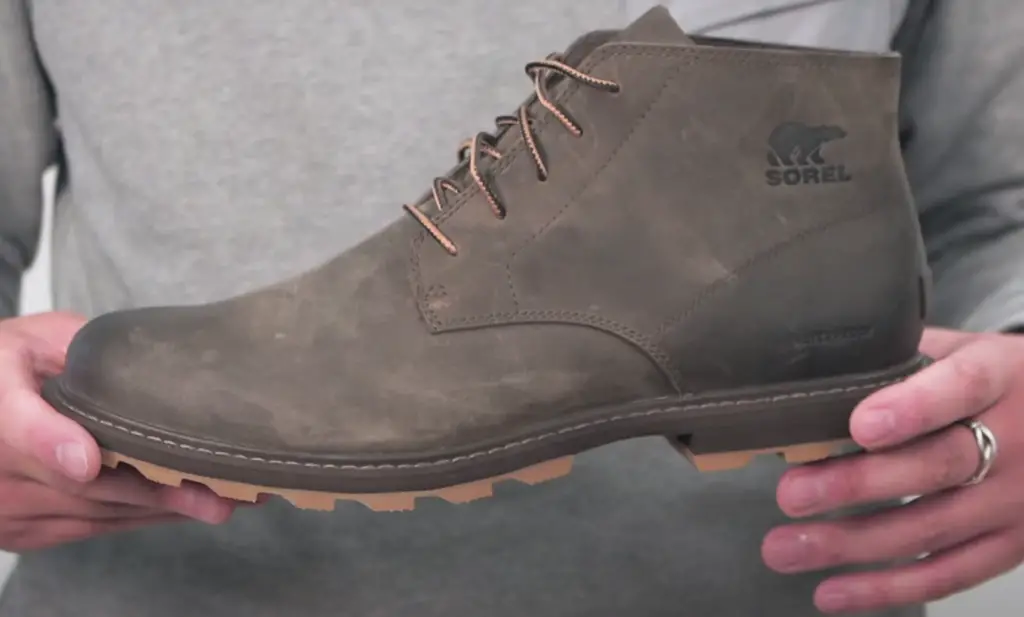
Homemade Waterproofing
If you already have a pair of boots that you love but they’re not waterproof, there are some things for making them more water-resistant:
- First, you can try using a waterproofing spray. These sprays work by creating a barrier between your footwear and the water. Just be sure to follow the instructions on the bottle carefully so that you don’t damage your boots;
- Another option is to apply beeswax or another type of wax to your boots. This will help repel water. Again, be sure to follow the directions on whatever product you’re using so that you don’t end up ruining your boots;
Whichever method you choose, remember that neither of these will make your boots fully waterproof.
Water-Resistant – Dry For A While
Boots that are w/resistant can withstand a little bit of moisture, but they’re not made to keep the feet dry in heavy rain or through puddles. Water will eventually seep in, and when it does, these boots won’t offer much protection. They may be suitable for walking the dog on a misty morning or for light rain, but if you know you’ll be dealing with more than that, reach for a pair of waterproof boots instead.
Water-resistant materials include:
- Nylon;
- Polyester;
- Canvas;
- Suede;
Waterproof – Keep Your Feet Dry In Any Weather
If you’re searching for a boot that keeps your feet dry in any weather, you’ll need a waterproof boot. Waterproof boots are made with materials that don’t allow water to penetrate, so your feet will stay dry even if you’re standing in a puddle or walking in the rain.
Waterproof materials include:
- Rubber;
- Neoprene;
- PVC;
- Leather;
- GORE-TEX®;
The IP Rating System – Protection from water
The International Protection Rating (IP) system is a way to classify the degree of protection that an electrical enclosure provides against intrusion from foreign bodies and moisture.
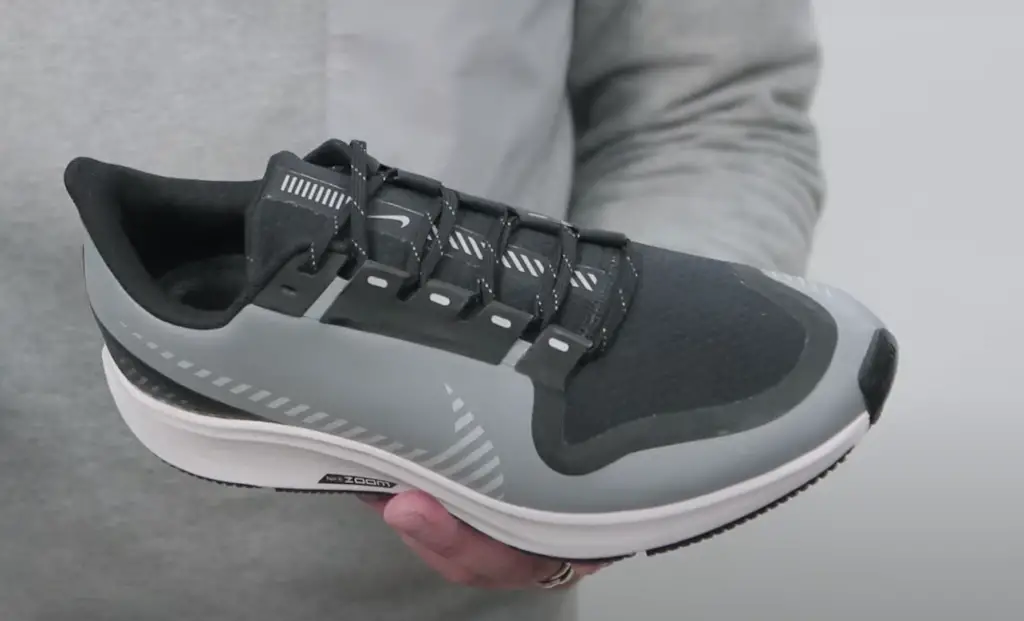
The ratings range from 0-IP68, with each number corresponding to a different level of protection:
- 0 = no protection;
- IPX0 = no protection against water;
- IPXl = protected against dripping water (vertically falling drops);
- IPXl = protected against dripping water (vertically) / against splashing water (any direction);
- IPxlll= protected against spraying water (any direction) / against spraying water (any direction) IPxlll=protected against jetting water (from a nozzle, 12.L/min at a pressure of 30kPa from any direction);
“Water-resistant” and “waterproof” are often used interchangeably, but there is a big difference between the two. Water-resistant means that an item can resist or withstand some degree of moisture, but it is not completely impervious
What Makes Waterproof Boots Resistant to Water
Waterproofing a boot is all about the materials used and how they’re put together. Most waterproof boots are made with a combination of leather, rubber, and synthetic fabrics like Gore-Tex or neoprene. These materials are chosen for their ability to repel water while still being breathable.
The construction of the boot is also important. Seams are sealed with waterproof tape or sealant to prevent water from seeping in through the cracks. The tongue and lacing system are also designed to keep water out. And finally, a waterproof boot will have a rubber sole that’s textured to provide traction in wet conditions and help prevent slips.
So now that we know what makes a boot w/proof.
Waterproof vs. Water-Resistant Boots: What’s the Difference?
You’ve probably seen both w/proof and w/resistant boots on the shelves and wondered what the difference is. Waterproof means that the material won’t let any water in, while w/resistant means that it will resist some water but won’t keep your feet completely dry. So which one should you choose?
It depends on a few factors, like how much moisture you expect to encounter and how long you need your boots to last. If you plan on being in deep puddles or standing in ankle-deep snow all day, w/proof boots are a better choice. They’ll keep the feet dry even when they’re submerged. But if you only need light protection from rain or snow, w/resistant boots will do the trick.
Waterproof boots are also a good choice if you want your boots to last longer. The waterproofing material helps protect the leather or fabric from water damage, so your boots will stay looking new for seasons to come. W/resistant boots can’t make that same claim.
If you need maximum protection from the elements and want your boots to last longer, go with waterproof. But if you only need light protection or plan on wearing your boots in mild conditions, water-resistant is the way to go.
IP Rating
Not all devices have an IP rating, but if they do, it’s a good way to compare their level of protection. Just remember that the higher the number, the better protected your device will be.
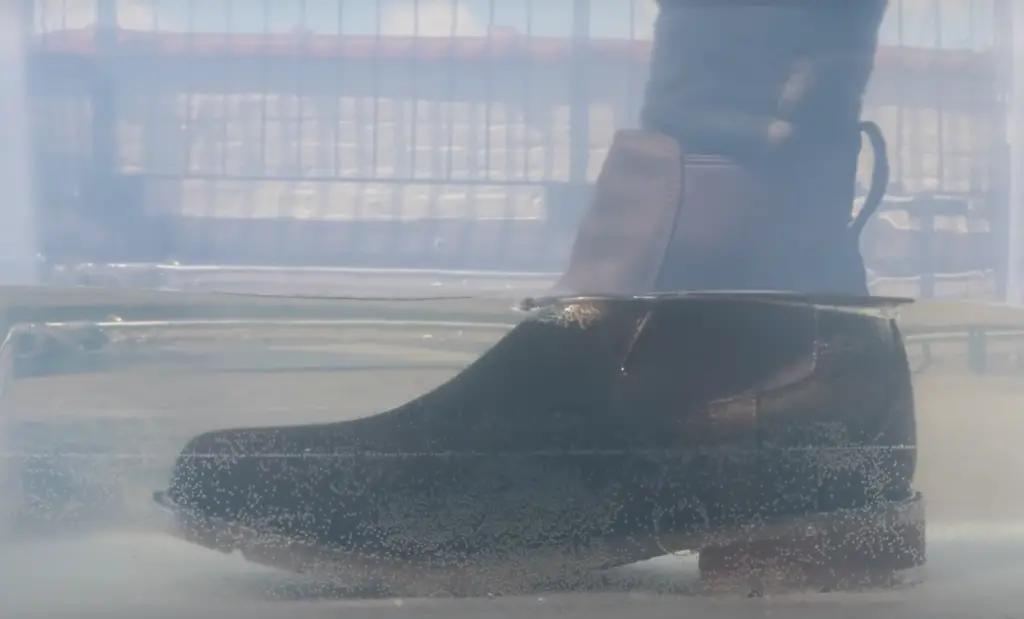
Materials
Both types are made from various materials, including leather, fabric, and rubber. Leather is a classic choice that’s durable and stylish, but it’s not the best option if you plan on being in wet conditions all day. Fabric is lighter and more comfortable, but it won’t last as long as leather. Rubber is the most waterproof material, but it’s not as breathable as leather or fabric.
So which material should you choose? It depends on your needs. If you want a boot that’s stylish and durable, go with leather. If you need a boot that’s lightweight and comfortable, the fabric is the way to go.
Breathability
Breathability is an important factor to consider. Waterproof materials are not as breathable as w/resistant materials, so your feet will sweat more in w/proof boots.
W/resistant materials are more breathable than waterproof materials, so they’re a better choice for warm weather. But they won’t keep your feet as dry in wet conditions.
So, which is more important to you: breathability or water protection? If you need maximum protection from the elements, go with waterproof. But if you want your feet to stay cool and comfortable in warm weather, w/resistant is the way to go.
Flexibility
Another factor is flexibility. Waterproof materials are less flexible than water-resistant materials, so your boots will be less comfortable to walk in. Thus it’s essential to choose a boot with a flexible sole if you plan on wearing it for long periods of time.
Water-resistant materials are more flexible.
Price Point
One final factor to consider is price. Waterproof materials are usually more expensive. [3]
Water Resistant or Waterproof Boots – Which Is Better?
If you’re like most people, you probably think that w/proof and w/resistant are the same things. After all, they both describe a product’s ability to keep water out, right? Well, not exactly. W/proof and w/resistant are two very different things – and it’s important to know the difference.
If you need them for a job that requires being in wet conditions all day, then w/proof boots are definitely the way to go. If you’re just looking for something to keep the feet dry during light rain or snow, then w/resistant boots will do the trick.
Of course, there are always exceptions to the rule. Some waterproof materials can actually be more breathable than w/resistant ones.
The bottom line is this: if you need a boot that will keep your feet completely dry no matter what, go for waterproof. If you just need something to get you through light rain or snow, water-resistant will do the job.
Pros and Cons
Let’s take a look at the pros and cons of each.
On the downside, w/resistant boots won’t keep the feet dry in heavy rain or snow. So if you live in an area with lots of bad weather, they probably aren’t the best choice.
W/proof boots protect your feet from even the heaviest downpours – but they can be more expensive and less comfortable.
FAQ
What are better waterproof or water-resistant shoes?
It depends on a variety of factors, such as the material of the shoe, the type of water you’ll be exposed to, and how long you’ll be in the water.
If you’re looking for a general pair of shoes to protect your feet from the elements, then w/resistant shoes are usually a good choice. They’re made from materials like leather or nylon, which repel water well. And they often have a w/proof coating or sealant. [4]
W/proof shoes are designed for activities where you’ll be exposed to lots of water or standing in water for long periods. They’re usually made from rubber or synthetic materials that are completely impermeable to water. And they often have special drainage systems or vents.
What is the difference between waterproof and water-resistant shoes?
The answer depends on the materials used in each shoe. W/proof shoes are made with materials that do not absorb water, such as rubber or plastic. W/resistant shoes are made with materials that can resist some water, but will eventually become saturated if exposed for too long. This usually includes fabrics like leather or canvas.
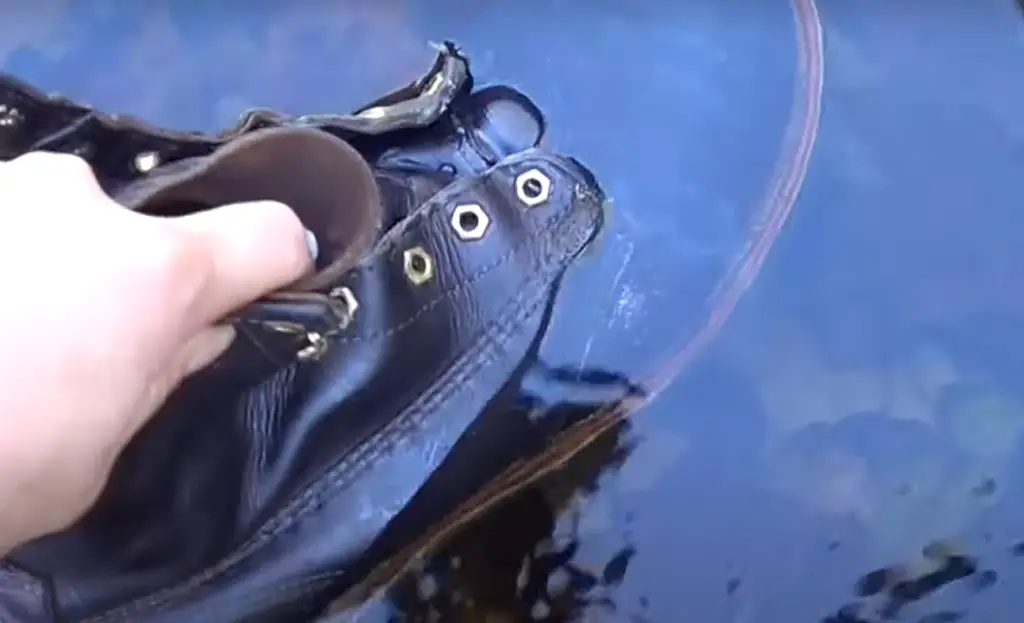
What does this mean for you? Well, it really comes down to how and where you’ll be wearing your shoes. If you’re looking for a pair of shoes to wear during your morning commute in the rain, then w/proof shoes are probably a good choice. However, if you’re planning on going for a hike in the woods on a damp day, w/resistant shoes will likely be just fine.
What does water-resistant mean in a shoe?
Water-resistant is a term that’s used to describe an item’s ability to resist water penetration. W/resistant means that the item will be able to resist some level of water exposure, but it’s not impermeable.
W/proof means that an item is impermeable to water. This means that no matter how much water is exposed to the item, it will never penetrate through. [5]
Are water-resistant boots good for snow?
W/resistant boots are good for snow. But they are not as effective as w/proof boots in extremely cold or deep snow.
If you’re planning on spending time in deep snow, it’s best to invest in a pair of w/proof boots. [6]
Remember that even the best waterproof boot is only going to be effective if it fits properly. Make sure to try on a variety of different sizes and styles before you make your final purchase.
Useful Video: Shoes: Water Resistant vs. Waterproof | Nordstrom Expert Tips
Conclusion
The main difference between waterproof and water-resistant boots is that w/proof boots keep the feet dry in any conditions and w/resistant only protect against light moisture. If you need a boot that can withstand any weather condition, choose a waterproof option. However, if you only need light protection from moisture, then a w/resistant boot will suffice.
When choosing between the two, consider what conditions you’ll be wearing the boots in most often. If you live in an area with lots of rain or snow, or if you plan on doing any outdoor activities where you’ll be around water frequently, waterproof boots are the way to go. On the other hand, if you don’t anticipate being in very wet conditions often and want a lighter boot that won’t make your feet sweat as much, go with a water-resistant option.
We hope this guide was helpful. Thanks for reading!
References:
- https://blog.v12footwear.com/waterproof-or-water-resistant
- https://theferallady.com/2017/10/04/how-to-test-your-boots-for-a-waterproofing-failure/
- https://www.vionicshoes.com/blog/whats-the-difference-between-waterproof-and-water-resistant-boots/
- https://www.hoodmwr.com/difference-between-waterproof-and-water-resistant-boots/
- https://www.integraboot.com/blog/2016/october/water-resistant-and-waterproof-footwear/
- https://oureverydaylife.com/water-resistant-vs-waterproof-boots-9765706.html

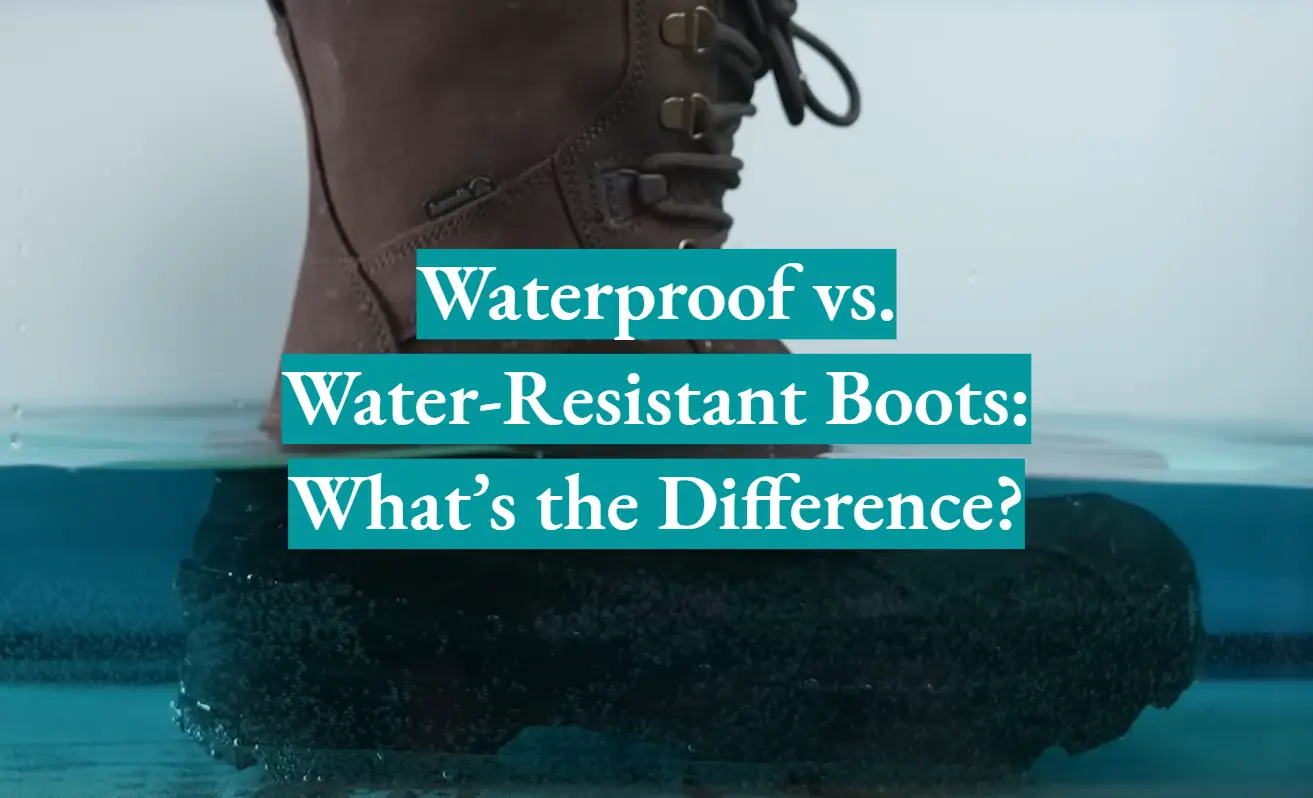
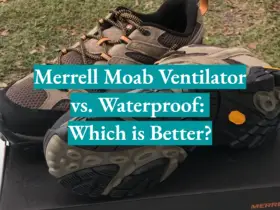

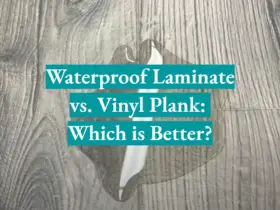
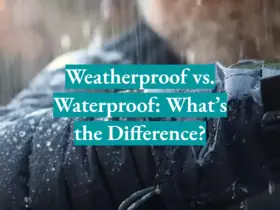
Leave a Reply